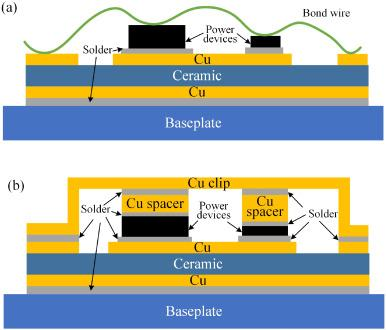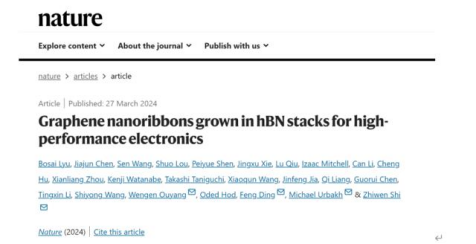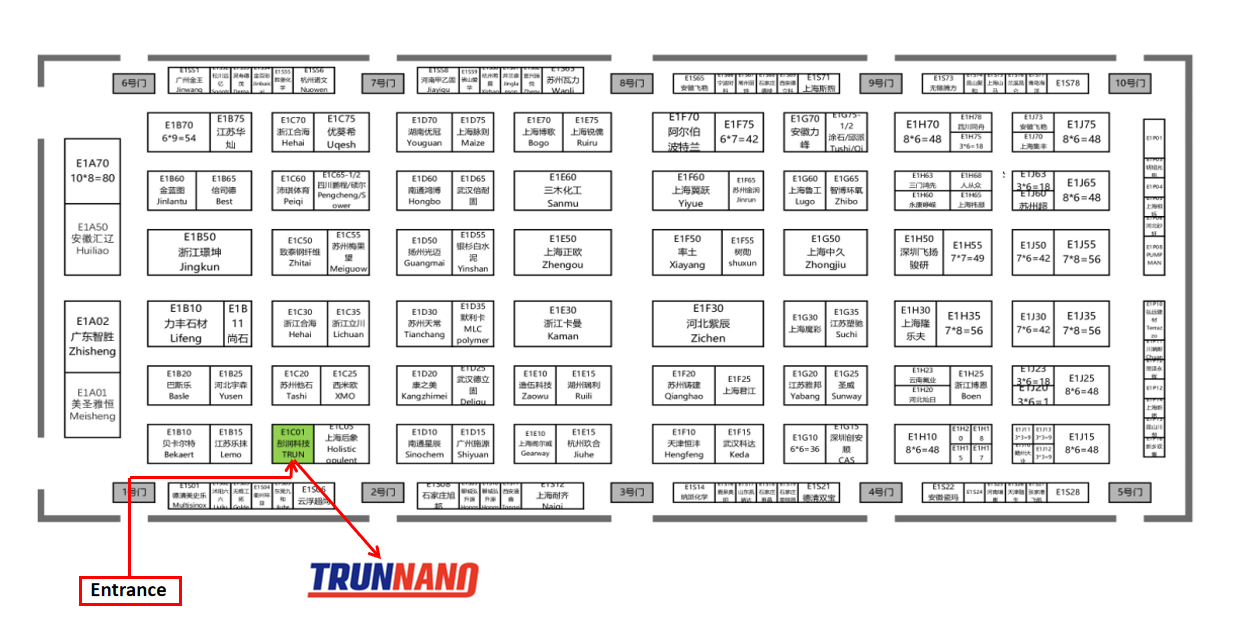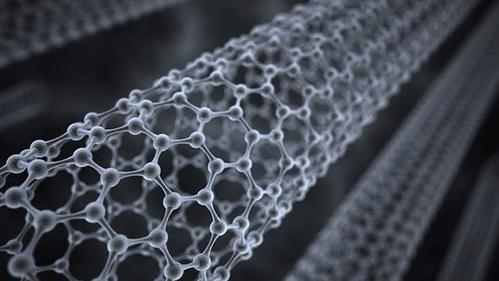
Power chips are linked to outside circuits with product packaging, and their performance relies on the assistance of the product packaging. In high-power circumstances, power chips are typically packaged as power modules. Chip affiliation refers to the electric connection on the top surface of the chip, which is generally aluminum bonding cable in traditional components. ^
Standard power module package cross-section
Today, industrial silicon carbide power modules still mainly utilize the product packaging innovation of this wire-bonded standard silicon IGBT module. They encounter issues such as big high-frequency parasitical criteria, insufficient warmth dissipation ability, low-temperature resistance, and not enough insulation stamina, which restrict making use of silicon carbide semiconductors. The display screen of exceptional performance. In order to resolve these issues and totally manipulate the massive prospective advantages of silicon carbide chips, lots of new packaging technologies and services for silicon carbide power modules have arised over the last few years.
Silicon carbide power component bonding technique
(Figure (a) Wire bonding and (b) Cu Clip power module structure diagram (left) copper wire and (right) copper strip connection process)
Bonding materials have developed from gold wire bonding in 2001 to light weight aluminum cable (tape) bonding in 2006, copper wire bonding in 2011, and Cu Clip bonding in 2016. Low-power gadgets have established from gold cables to copper cords, and the driving force is cost reduction; high-power devices have actually established from light weight aluminum cables (strips) to Cu Clips, and the driving pressure is to boost product efficiency. The higher the power, the greater the requirements.
Cu Clip is copper strip, copper sheet. Clip Bond, or strip bonding, is a product packaging process that utilizes a solid copper bridge soldered to solder to connect chips and pins. Compared to traditional bonding product packaging techniques, Cu Clip modern technology has the adhering to benefits:
1. The connection between the chip and the pins is constructed from copper sheets, which, to a particular degree, changes the conventional cord bonding technique between the chip and the pins. For that reason, an unique package resistance value, higher current circulation, and better thermal conductivity can be gotten.
2. The lead pin welding location does not require to be silver-plated, which can completely save the cost of silver plating and poor silver plating.
3. The item appearance is completely regular with typical items and is primarily made use of in web servers, mobile computers, batteries/drives, graphics cards, electric motors, power supplies, and various other fields.
Cu Clip has two bonding approaches.
All copper sheet bonding method
Both the Gate pad and the Source pad are clip-based. This bonding method is extra expensive and complex, however it can achieve far better Rdson and much better thermal impacts.
( copper strip)
Copper sheet plus cable bonding technique
The resource pad utilizes a Clip approach, and the Gate utilizes a Cable approach. This bonding approach is slightly less costly than the all-copper bonding technique, saving wafer location (relevant to really tiny gateway locations). The process is easier than the all-copper bonding approach and can get much better Rdson and better thermal effect.
Vendor of Copper Strip
TRUNNANO is a supplier of surfactant with over 12 years experience in nano-building energy conservation and nanotechnology development. It accepts payment via Credit Card, T/T, West Union and Paypal. Trunnano will ship the goods to customers overseas through FedEx, DHL, by air, or by sea. If you are finding cupro nickel, please feel free to contact us and send an inquiry.
Inquiry us





